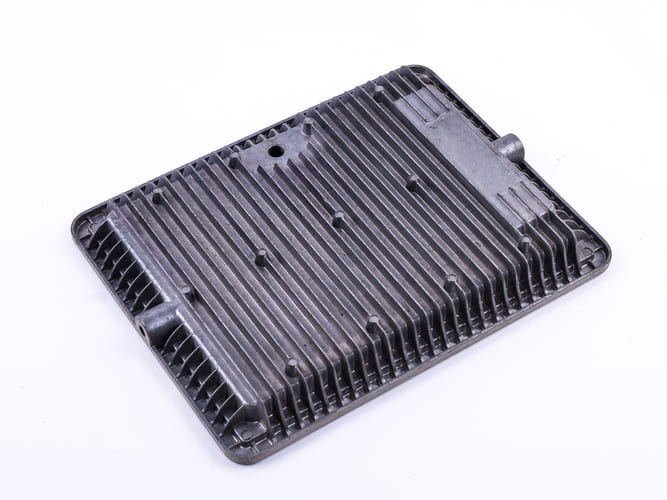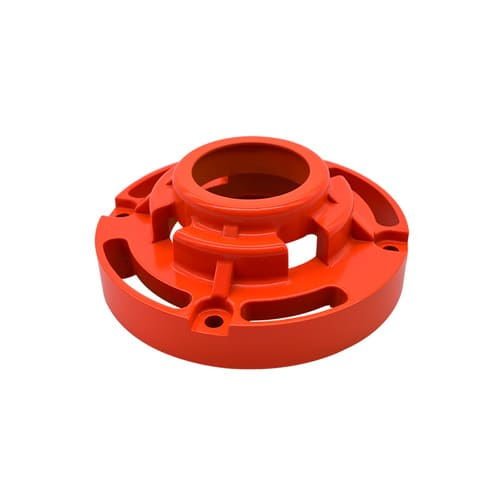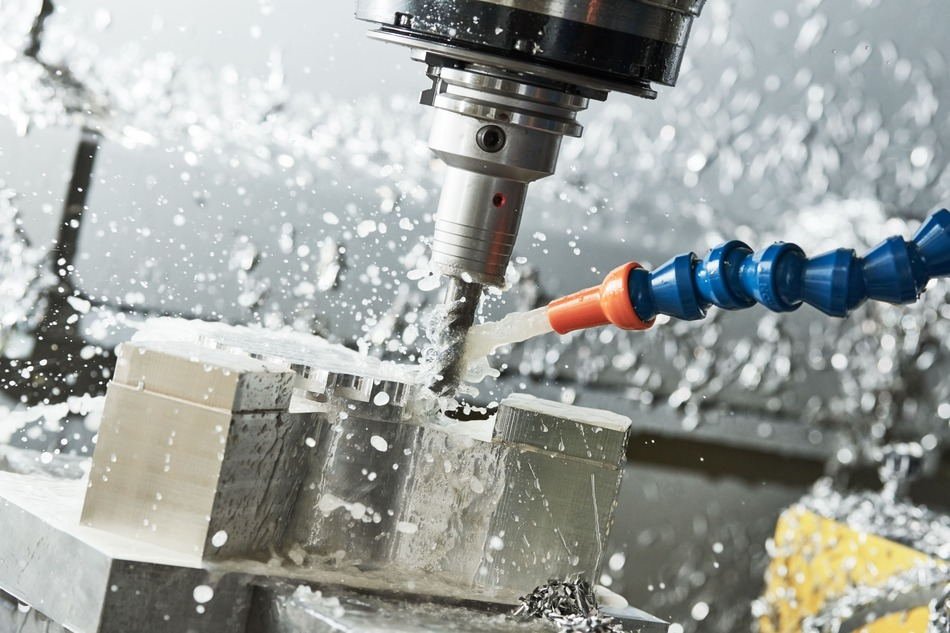One of the preliminary considerations in casting is the estimated cost of the casting parts. There are some factors that determine costs.
Pretty sure you want to know these factors, right? That’s exactly what we will show you in this article. Follow closely.
How casting costs are calculated
The overall casting costs depend on the following:
• Material cost.
• Casting and machining cost
• Surface treatments cost
(1.) Material cost
The considerations here include:
• The price of the material: Some materials are more expensive than others. For example, titanium is more expensive than aluminium. So, if you use titanium in your casting, it will be costlier than using aluminium. Also, carbon steel are less expensive than stainless steel.

Bronze can cost four to ten times more than aluminium. Therefore, castings made with bronze are costlier than aluminium casting. Note that the exact price of the materials depends on the prevailing market price.
You will calculate the material cost according to the weight of the cast products plus 5% loss. For example, if the weight of the product is 100g, the material cost will be calculated as 0.1*0.5*$3 (aluminium unit price).

• The melting point of material: This also contributes to the casting cost. Metals with higher melting points such as tungsten need more energy to melt. This increases the production cycle and ultimately, the costs.
Conversely, low melting-point alloys such as gallium-based alloys do reach the molten state quckly. This reduces the production period and invariably, the production costs.

(2.) Casting and machining costs
This is the cost of opening and closing a die on a die-casting machine. The larger the die-cast products, the larger the die. Consequently, the larger the die, the larger the needed equipment and ultimately the casting cost. The considerations that determine this cost include:
• Geometry of the cast parts: The cost of processing depends on the cast products’ requirements. For example, cast parts with higher precision requirements take time to process. And, the longer the processing time, the higher the production cost.

Casts with tight dimensional tolerances, thin sections and redundant complex geometries are costly.
Tolerances that are too rigid increase the production costs and delivery period. Similarly, tolerances that are too loose usually lead to extensive machining and have a heavier section size.
Cored castings are more pricey. Conversely, simple part designs with no internal passageways, holes or features reduce the production costs.

Note that in investment casting, complex components and larger parts may require additional shell layers. These additional layers increase the strength of the walls.
Invariably, these additional shell layers and intricate designs elongate the drying process. This decelerates the production process and thereby increases production costs.
• Quality requirement: High-quality requirements can increase production costs. Such requirements include:

(a.) Full layouts of all the cast parts
(b.) Specific chemical and mechanical testing of the parts, etc.
• Quantity of the cast parts to be produced: The initial tooling cost for casting is generally high. Most die-cast molds are made of steel. Also, the machines and furnaces are dear.
The cost is usually offset on the per unit cast parts. So, when making parts in smaller quantities, such as prototype volume, the cost is usually steep. Conversely, when making parts in large quantities, the cost is lower. The overall tooling costs will be offset from the per unit cost of the parts.

• Tooling cost: The tooling cost also determines the casting cost. For example, a mold to manufacture large parts should be made with materials that can confer the required qualities. This invariably increases the casting costs.
For complex castings, you need a mold with suitable design and the right manufacturing procedure. This is to ensure accuracy, precision and high quality in the casting. This type of mold is dear.

So, if you cast with a complex mold, the cast products will be more costly than using a simple mold. Typically, complex molds cost $25000-50,000. While simple molds cost $3000-$6000.
Note that generally, the tooling cost also depends on the type of casting. Depending on the size and geometry, die cast tooling typically costs around $7,500 to as high as $75,000. Sand cast tooling costs between $500-$7,500.
Investment casting is relatively more pricey than some other casting methods like permanent mold casting, sand casting, etc.

• The type of mold: The type of mold used in casting also influences the casting cost. Permanent molds can last thousands to millions of cycles. So, you don’t need to create new molds every time. This consequently lessens the production costs.
On the other hand, for expendable molds like sand molds, you need to be recreating the mold. This increases the casting costs.
• Die casting machine cost: There are two main die casting machines. These are the cold chamber and the hot chamber die machines. It is costlier to use a cold chamber machine than a hot chamber machine.

This is because it (cold chamber machine) uses a high amount of pressure to force the metal into the mold. This decelerates the production cycle and ultimately increases production costs.
Conversely, the hot chamber machine has a faster production cycle which cuts down the cost.
Note that you can calculate casting costs according to the production time frame. This is the number of hours of running the production tools during the casting. Sometimes, the time frame may include hours expended in inspection, packaging and processing.

(3.) Surface treatment cost
The cost of surface treatment also determines the overall casting price. Castings requiring added strength by heat treatment will be steep.
So, castings that need no surface treatment are less expensive than castings that require it.
Note that the cost of machining the surface of the casting also contributes to the overall production cost. Castings that require machining or much machining are costlier than cast parts that do not need machining

What is the casting cost?
There is no rule-of-the-thumb price for all castings. Rather, each casting cost depends on the material, casting/machining and surface treatment costs.
Note that, to reduce production costs, you should minimize draft allowance on the surface that needs machining. Consider using a multi-cavity mold. Also, incorporate thoughts on the production phase in the mold design.
Conclusion
In this article, we have taken you through how casting costs are calculated. This knowledge will come in handy for you when estimating the casting costs for your production.







